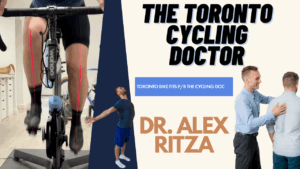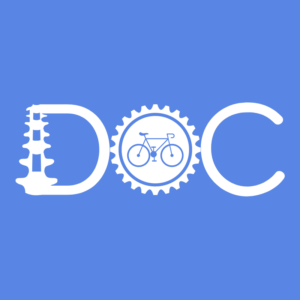Custom Cycling Orthotics in Toronto: Do You Really Need Them?
If you’ve ever experienced foot pain, knee discomfort, or inefficiencies in your pedal stroke, you may have wondered if custom cycling orthotics could help. While stock cycling insoles provide minimal support, custom orthotics can improve comfort, injury prevention, and power efficiency. Read more if you are looking for custom cycling orthotics in Toronto.
Dr. Alex Ritza, a leading bike fitter and corrective chiropractor in Toronto, specializes in custom cycling orthotics and has helped cyclists—from casual riders to elite racers—optimize their performance and reduce pain.
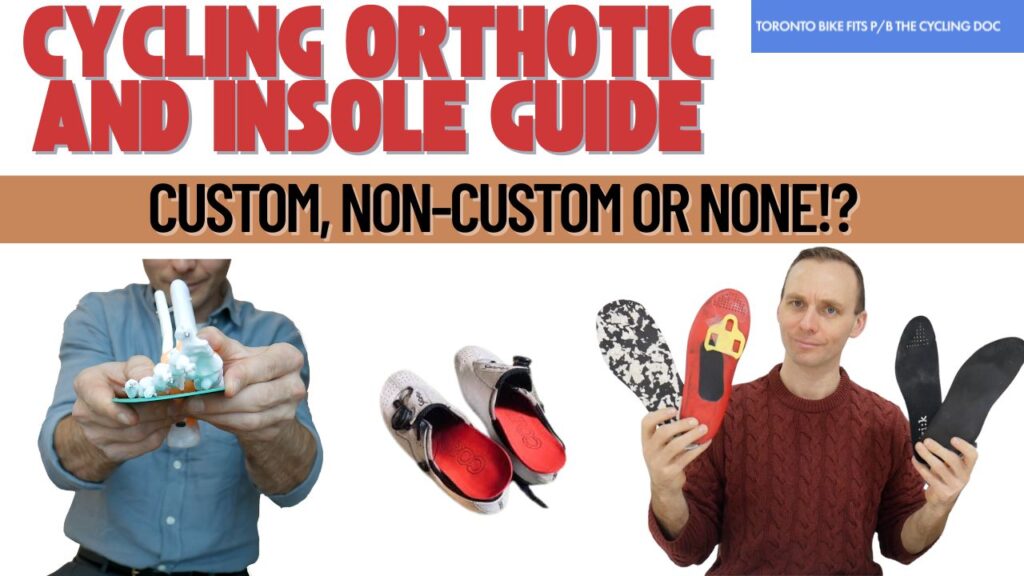
What’s Wrong with Stock Cycling Insoles?
Most cycling shoes come with thin, generic insoles that provide little to no structural support. While they may offer minimal cushioning, they fail to:
✅ Support the arch to prevent foot collapse
✅ Distribute pressure evenly to avoid hot spots
✅ Correct biomechanical issues that can lead to pain or inefficiencies
If you experience foot fatigue, arch pain, or knee discomfort while riding, upgrading your insoles—or investing in custom cycling orthotics—may be a game-changer.
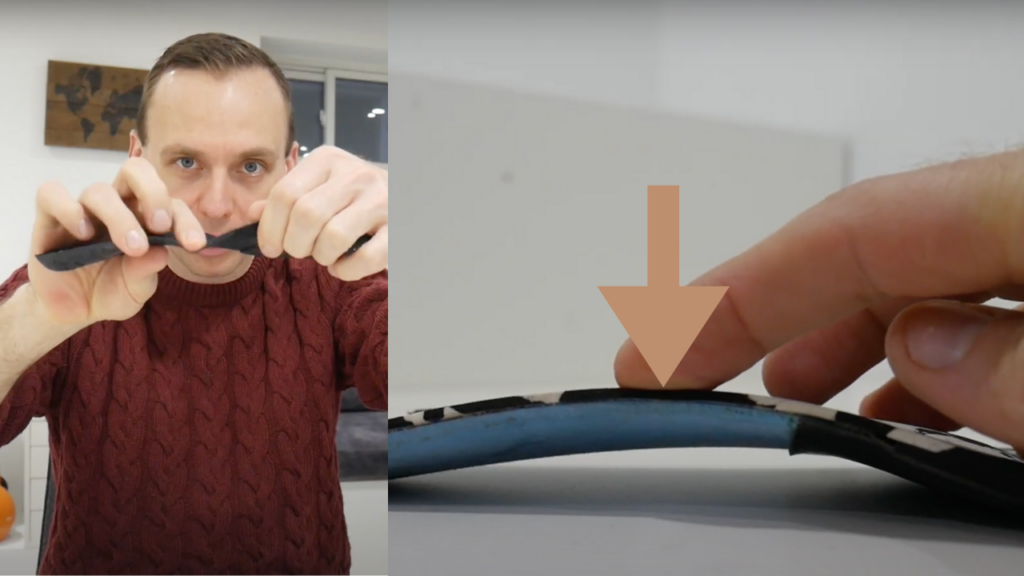
Custom vs. Non-Custom Cycling Insoles: What’s the Difference?
There are three main types of cycling insoles:
1. Stock Insoles (Factory-Installed)
- Provide minimal support
- May work for riders with neutral foot structure
- Often lead to hot spots, discomfort, or lack of power transfer
2. Non-Custom Cycling Insoles (e.g., G8, Superfeet)
- Offer some arch support and can improve comfort
- Can be adjusted, but lack structural integrity
- Better than stock, but may not fully address biomechanical issues
3. Custom Cycling Orthotics
- Molded to your foot shape for optimal support and pressure distribution
- Help prevent arch collapse, knee misalignment, and inefficient pedal strokes
- Provide proprioceptive feedback to improve muscle activation and power efficiency
- Allows for additional support and modifications like built-in varus wedges, metatarsal pads and more
Do Custom Cycling Orthotics Improve Performance?
While research on cycling orthotics and direct power gains is limited, they can:
- Reduce energy loss by preventing foot movement inside the shoe
- Improve knee tracking and pedal stroke efficiency
- Enhance comfort, allowing for longer, pain-free rides
For cyclists who struggle with knee pain, foot fatigue, or power imbalances, custom orthotics can optimize biomechanics and reduce injury risk.
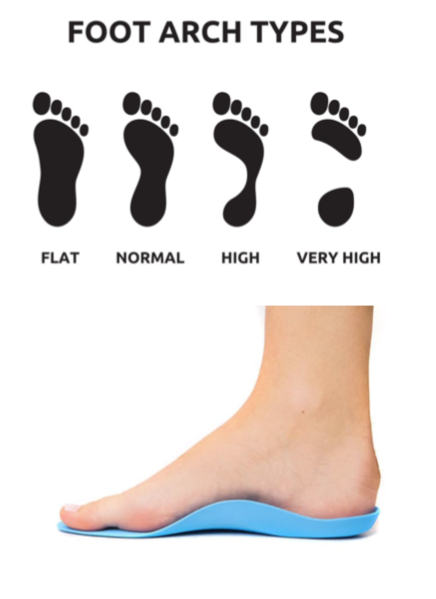
The Biomechanics of Cycling Orthotics
Your foot plays a crucial role in stabilizing your pedal stroke. When pedaling, your foot should have maximum contact with the shoe’s surface to allow for even force distribution and proper alignment of the knee and hip.
However, common foot conditions can disrupt this process:
- Flat feet may cause excessive inward rolling (pronation), leading to knee collapse.
- High arches may result in poor contact with the insole, reducing power transfer.
- Forefoot varus or valgus (when the ball of the foot is tilted inward or outward) can alter knee tracking and cause discomfort.
Custom orthotics correct these issues by supporting the arch, optimizing foot alignment, and ensuring consistent contact with the shoe.
Who Benefits Most from Custom Cycling Orthotics?
✅ Cyclists with flat feet or high arches
✅ Riders experiencing foot numbness, knee pain, or hot spots
✅ Those who notice ankle or knee wobbling during pedal strokes
✅ Athletes looking to enhance pedal stroke efficiency
If you experience any of these issues, custom orthotics can significantly improve your comfort and performance on the bike.
How Are Custom Cycling Orthotics Made?
A proper bike fit assessment is crucial when creating custom orthotics. Dr. Alex Ritza uses a dynamic evaluation process that includes:
🔍 Measuring foot shape, arch height, and weight distribution
🚶♂️ Analyzing walking gait and foot collapse under load
🚴 Observing cycling posture and knee tracking with lasers
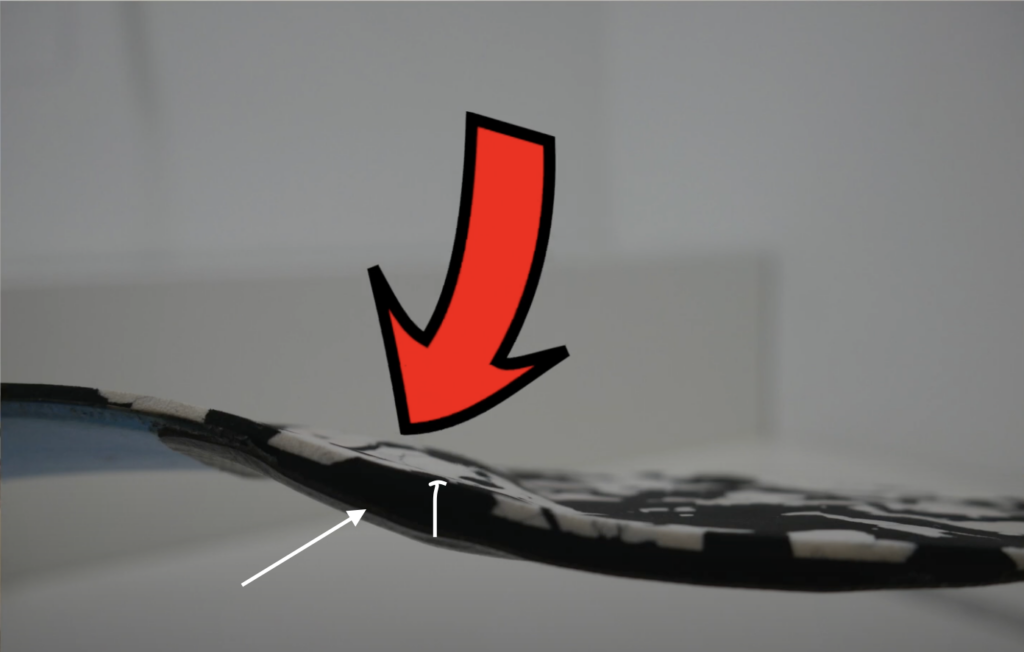
From there, wedging, arch support, and metatarsal modifications are customized to match your foot’s exact needs.
The Role of Proprioception in Cycling
Beyond structural support, custom cycling orthotics enhance proprioception—the body’s ability to sense position and movement.
🚴 When your foot has proper contact with the insole, it sends sensory feedback to your brain, improving muscle activation and efficiency.
📈 Poor proprioception (due to gaps under the foot) can lead to delayed muscle activation, instability, and wasted energy.
Custom orthotics ensure continuous foot contact, improving coordination and maximizing power output.
Static vs. Dynamic Foot Assessment
A common mistake when fitting cycling orthotics is using a static assessment only. Since cycling is a dynamic movement, an accurate fit should involve:
- Measuring the foot in both weight-bearing and non-weight-bearing conditions
- Analyzing foot collapse during pedaling
- Testing different wedging solutions during a bike fit
This ensures the orthotic is optimized for cycling biomechanics, not just standing or walking.
Are Custom Cycling Orthotics Right for You?
Not every cyclist needs custom orthotics, but for those who struggle with:
✅ Numbness or foot pain
✅ Knee pain or instability
✅ Inconsistent pedal stroke mechanics
…they can dramatically improve comfort, performance, and injury prevention.
Where to Get Custom Cycling Orthotics in Toronto
If you’re looking for the best custom cycling orthotics in Toronto, visit Dr. Alex Ritza at Toronto Bike Fits. With years of experience in bike fitting and chiropractic care, he specializes in creating cycling orthotics tailored to your unique biomechanics.
📅 Book a Bike Fit or Orthotic Assessment Today!
👉 [Insert Booking Link]
Conclusion
Custom cycling orthotics are more than just an accessory—they can be the difference between pain-free, efficient riding and chronic discomfort. If you struggle with foot pain, knee misalignment, or inefficient pedal strokes, investing in custom orthotics may be the best decision for your cycling performance and comfort.
🚴♂️ Ready to optimize your ride? Schedule a consultation today!

